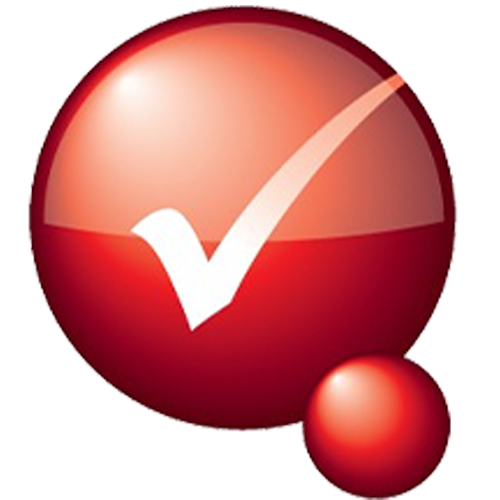The importance of following manufacturers’ instructions and carrying out inspections and maintenance on schedule was brought home after a business was recently fined $135,000 for its part in a fatal incident.
The Maroochydore Magistrates Court was told the roof product manufacturing company was well overdue to carry out its 10-year major inspection of a crane, as required by the Australian Standard and the manufacturer’s recommendations.
The inspection was 18 months overdue and the defendant did not have a maintenance plan or schedule in place to ensure periodic inspections and maintenance were done when required.
Part of the company’s business included manufacturing metal products such as flashing and roof sheeting and delivering them on two leased trucks with vehicle loading cranes.
The defendant was responsible for maintaining one truck – the ‘rack truck’ and two locking mechanisms were fitted to each outrigger of the crane to prevent it extending in transit.
A company worker was driving the truck when an outrigger on the crane extended, causing it to strike a parked van, pushing it backwards, dragging another man who’d been standing at the back underneath it. He suffered fatal injuries.
The court heard the company was aware of the need for a 10-year inspection and a mandatory major inspection and service would have included a check of the locking mechanisms.
Workplace Health and Safety Queensland investigators found the truck driver failed to engage the primary locking mechanism on the passenger side outrigger.
The secondary locking mechanism was damaged and would not have given adequate and reliable restraint.
In sentencing, Magistrate Haydn Stjernqvist noted the defendant company was responsible for the maintenance of the crane. He accepted the company had no system in place to ensure the trucks it used were properly maintained, and that the truck was being driven on public roads, exposing the public to risk.
Post-incident improvements made by the defendant, including the purchase of new cranes and the commencement of an ongoing service contract with a specialist company to inspect and maintain the cranes, were considered by the magistrate, and also the company’s lack of previous convictions, cooperation with the WHSQ investigation, and guilty plea.
The company was convicted under section 32 of the Work Health and Safety Act 2011 for failing to comply with health and safety duties.
It was fined $135,000 and ordered to pay professional and court costs of almost $1,600. No conviction was recorded.






